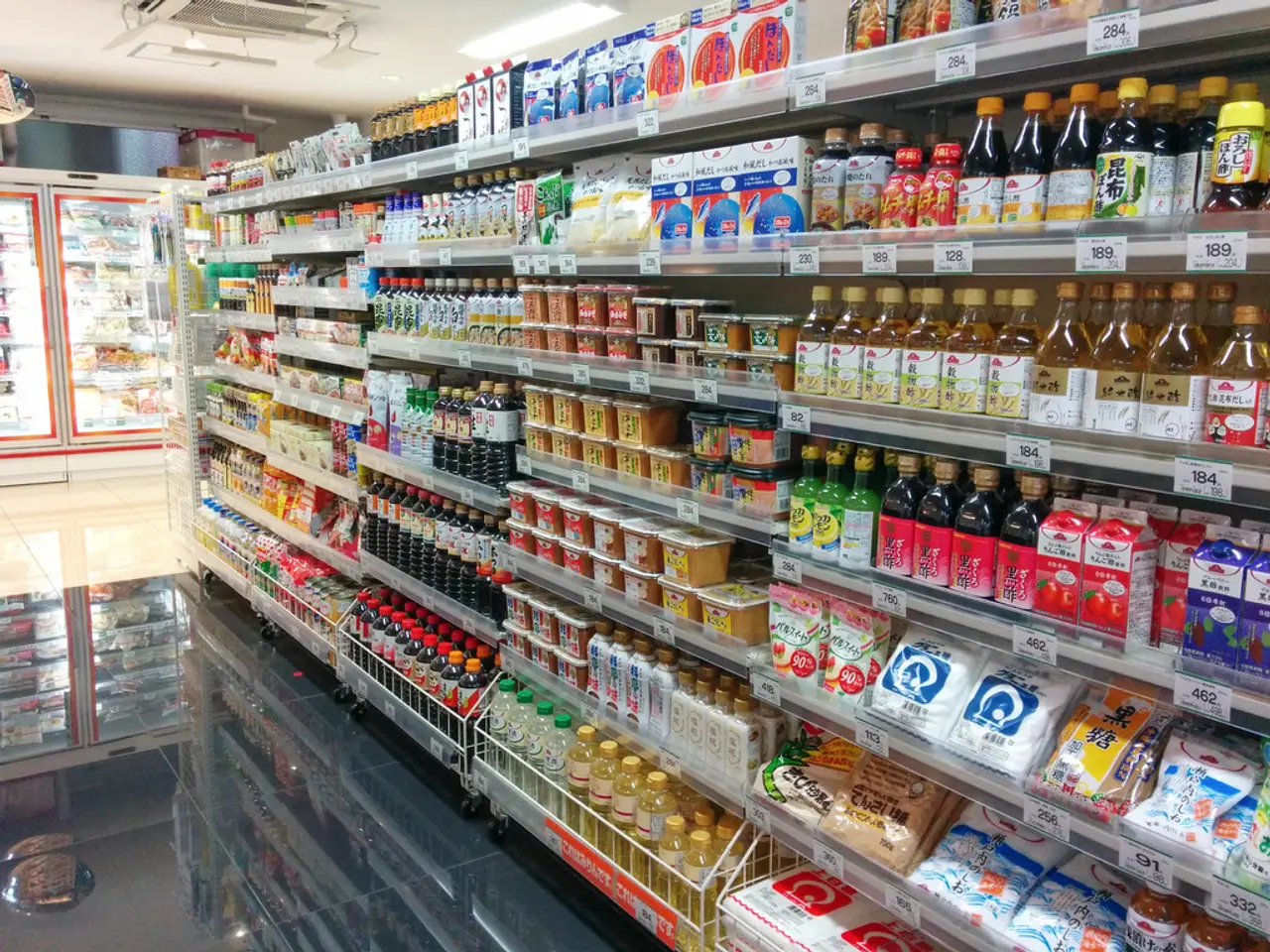Enhancing Online Shopping Opportunities for Nutrition Aid Programs Amplifies Accessibility
The federal government is taking steps to expand online grocery shopping access for millions of Americans who rely on government programs such as the Supplemental Nutrition Assistance Program (SNAP) and the Special Supplemental Nutrition Program for Women, Infants, and Children (WIC).
Currently, individuals cannot use their existing SNAP benefits to pay for fees associated with shipping, local delivery, or pick-up. This limitation restricts many SNAP recipients from benefiting from the convenience, time savings, and product and price transparency that online grocery offers. However, Congress should pass the Expanding SNAP Options Act of 2021 to formalize SNAP's use for buying groceries online.
The option to pay these fees from their existing benefits could benefit 25% of SNAP recipients who are elderly or have disabilities, consumers without access to credit or debit cards, and those living in food deserts. Online grocery shopping could also benefit the 12% of Americans who live in food deserts.
The U.S. Department of Agriculture (USDA) has already launched the SNAP Online Purchasing Pilot in 2019 to test the feasibility of using EBT for online grocery purchases. The pilot expanded rapidly due to the pandemic, ultimately reaching 90% of SNAP households by August 2020. Despite online shopping accounting for less than 4% of all SNAP benefit redemption in fiscal year 2021, the potential for growth is significant.
Key approaches to expanding online grocery shopping access include partnering with retailers and delivery services, utilizing EBT systems for online transactions, increasing funding and program support, outreach and digital accessibility, and supporting local and regional initiatives.
By expanding partnerships with retailers and delivery services that accept EBT payments online, the government can increase access points for recipients. The USDA supports retailers in integrating EBT acceptance into their online checkouts, ensuring transactions are verified and reimbursed appropriately, just as in physical stores.
Congress recently increased funding for WIC to meet participant needs and enhance benefits that could facilitate e-commerce access. This includes provisions that support food purchases through online grocery programs.
Educating recipients on how to use online shopping with benefits and improving digital infrastructure can expand adoption, especially in underserved regions where transport or mobility challenges exist. State and regional programs, such as Texas’s expansion of nutrition incentives and partnerships with grocery stores, offer a model that can be federally supported to broaden online SNAP and WIC grocery shopping access nationwide.
Establishing federal guidance would help states begin the transition to online WIC purchasing and ultimately expand online grocery eligibility for six million Americans. The USDA should also develop clear guidelines for states to establish WIC online purchasing programs, relying on information learned from SNAP's online purchasing pilot and addressing concerns unique to WIC.
In conclusion, the expansion of online grocery shopping access for SNAP and WIC recipients relies on combining technological integration of EBT with broader retailer participation, legislative funding, and targeted outreach to maximize benefit use online. This enables improved nutrition access and convenience for low-income households participating in SNAP and WIC.
- The Expanding SNAP Options Act of 2021, if passed by Congress, would formalize the use of Supplemental Nutrition Assistance Program (SNAP) benefits for buying groceries online.
- The U.S. Department of Agriculture (USDA) has been partnering with retailers and delivery services to increase access points for SNAP recipients to buy groceries online.
- Congress recently increased funding for the Special Supplemental Nutrition Program for Women, Infants, and Children (WIC) to enhance benefits that could facilitate e-commerce access.
- By educating recipients on how to use online shopping with benefits and improving digital infrastructure, adoption of online grocery shopping can be expanded, particularly in underserved regions.
- The federal government should establish clear guidelines for states to establish WIC online purchasing programs, leveraging information from SNAP's online purchasing pilot and addressing unique concerns related to WIC.
- The expansion of online grocery shopping access for SNAP and WIC recipients would not only improve nutrition access and convenience for low-income households but also falls under the broader scope of policy-and-legislation, health-and-wellness, and general-news discussions.




